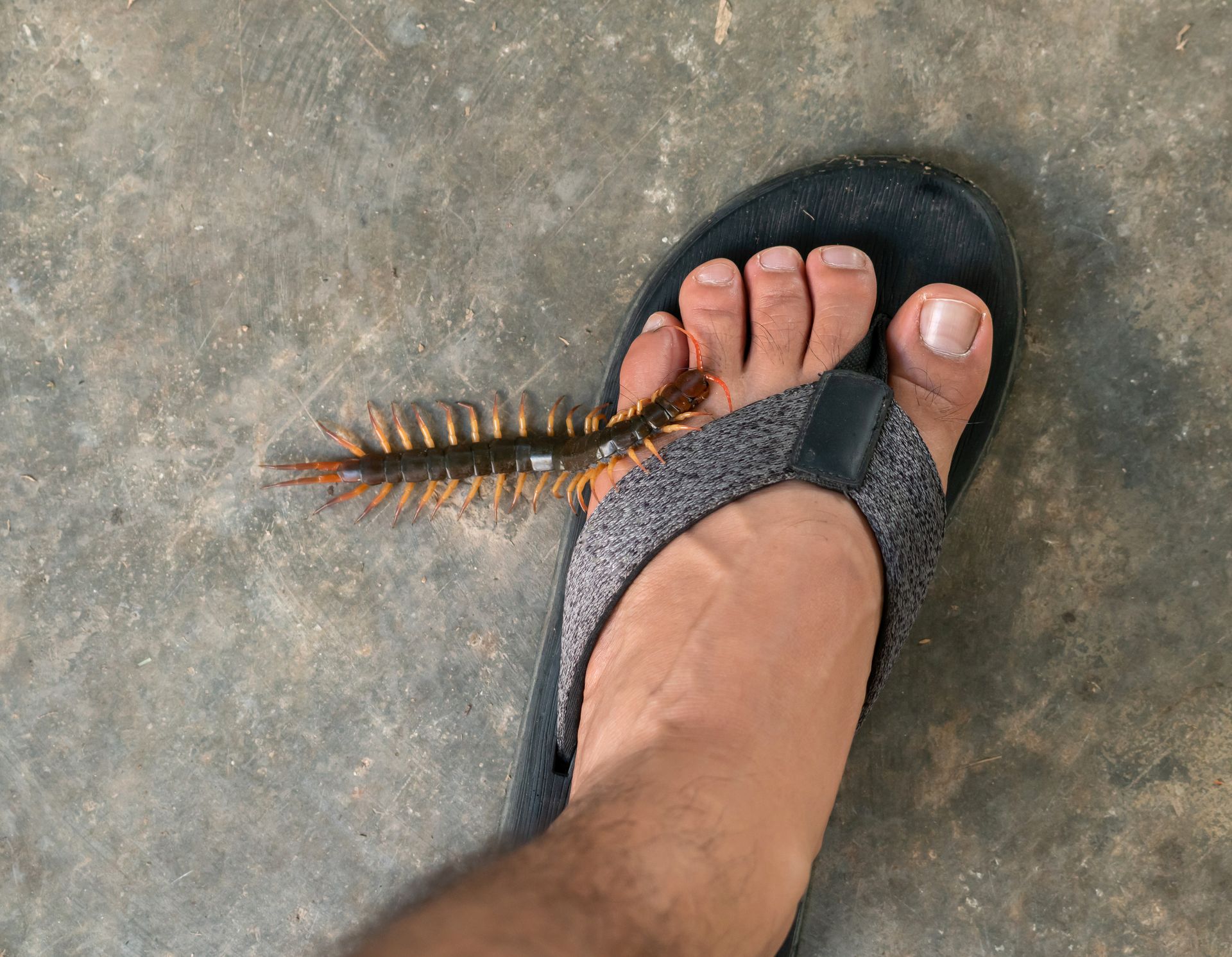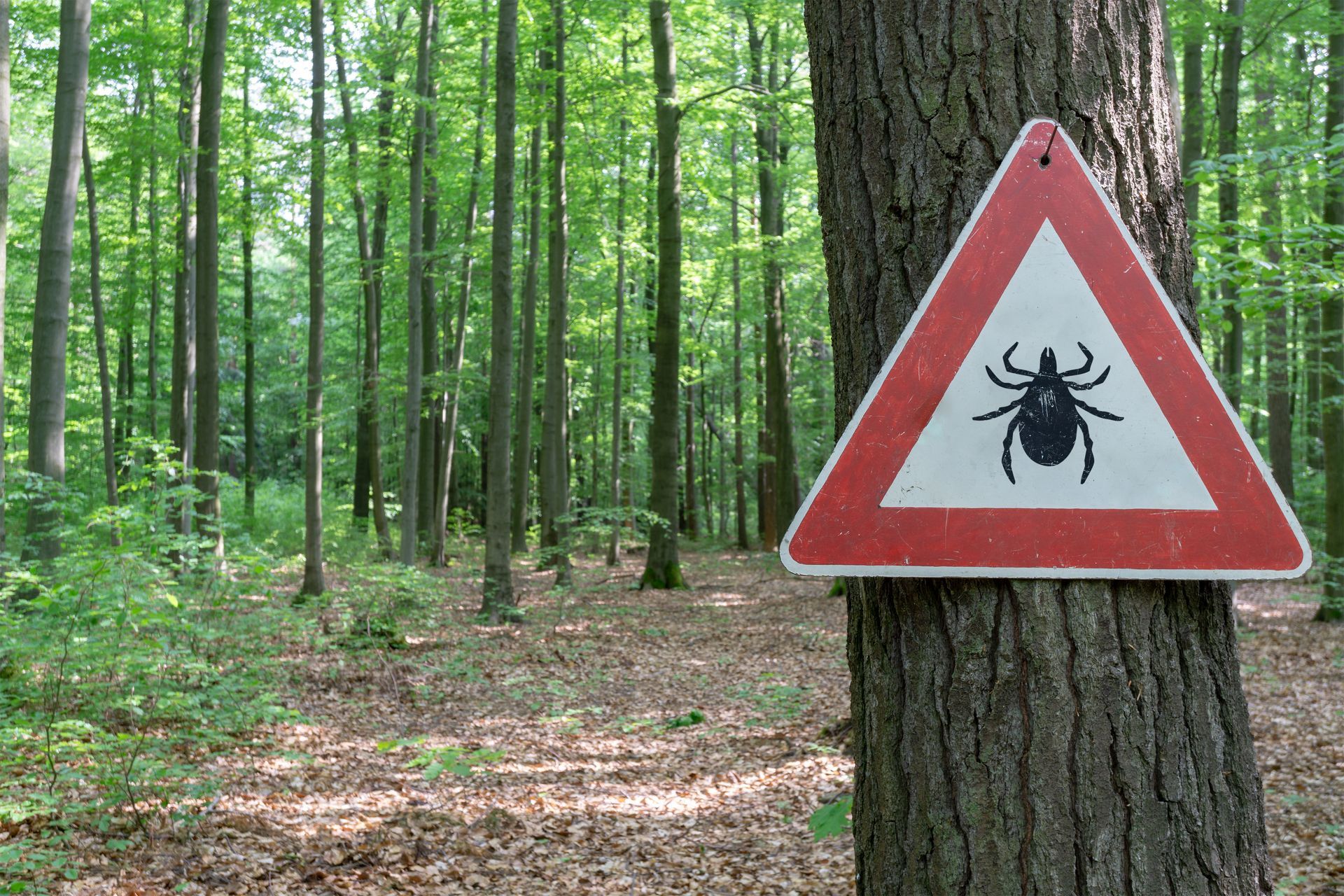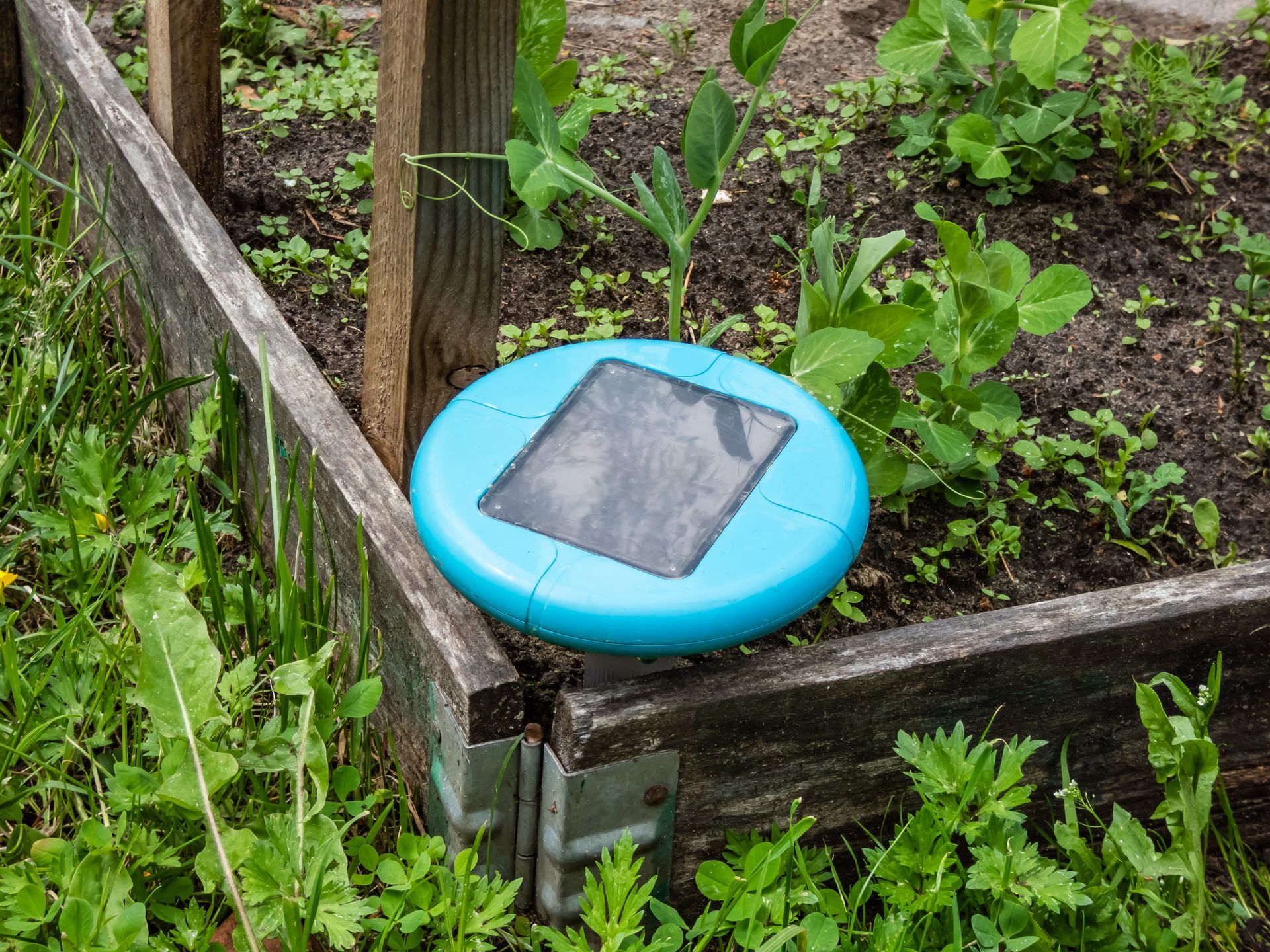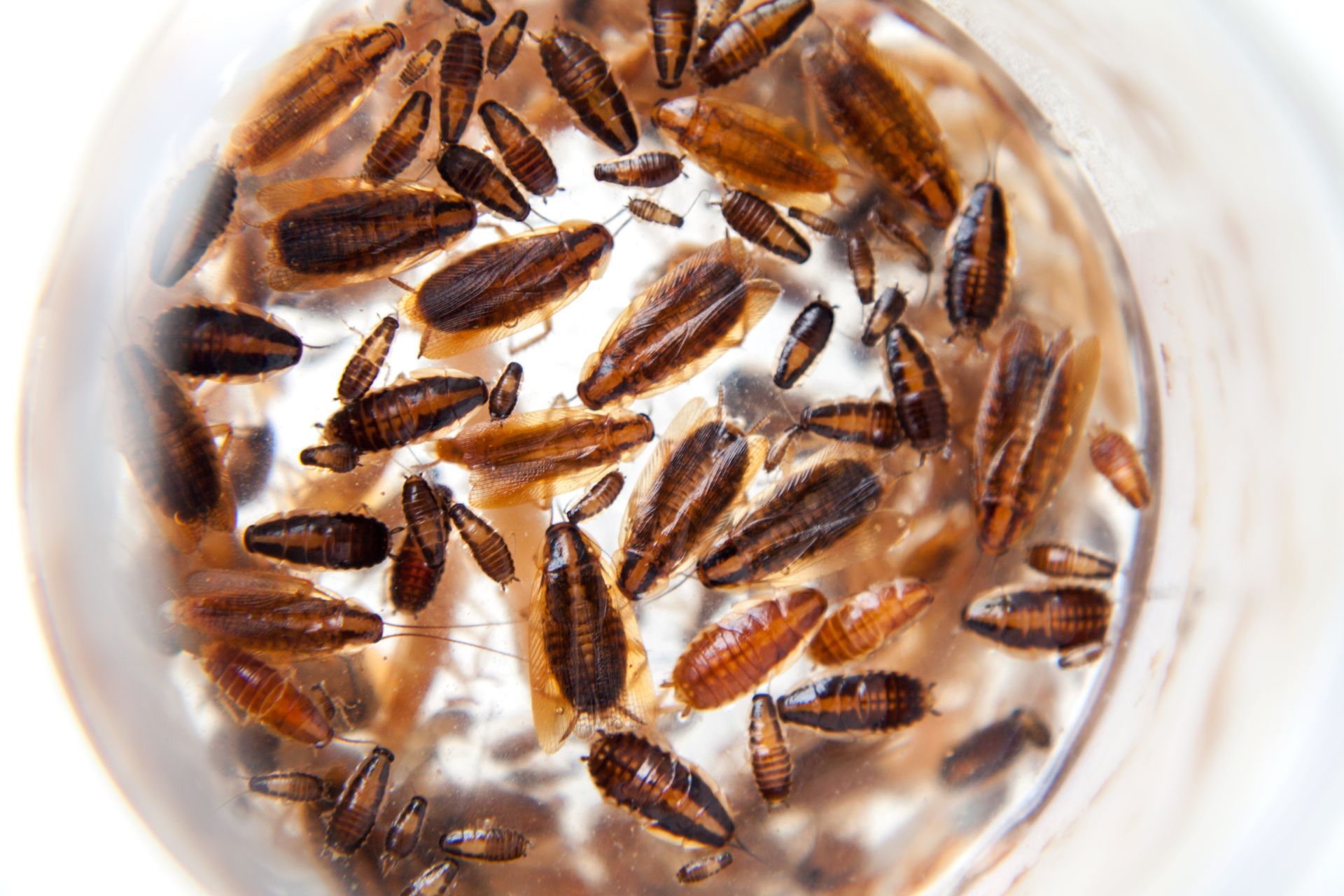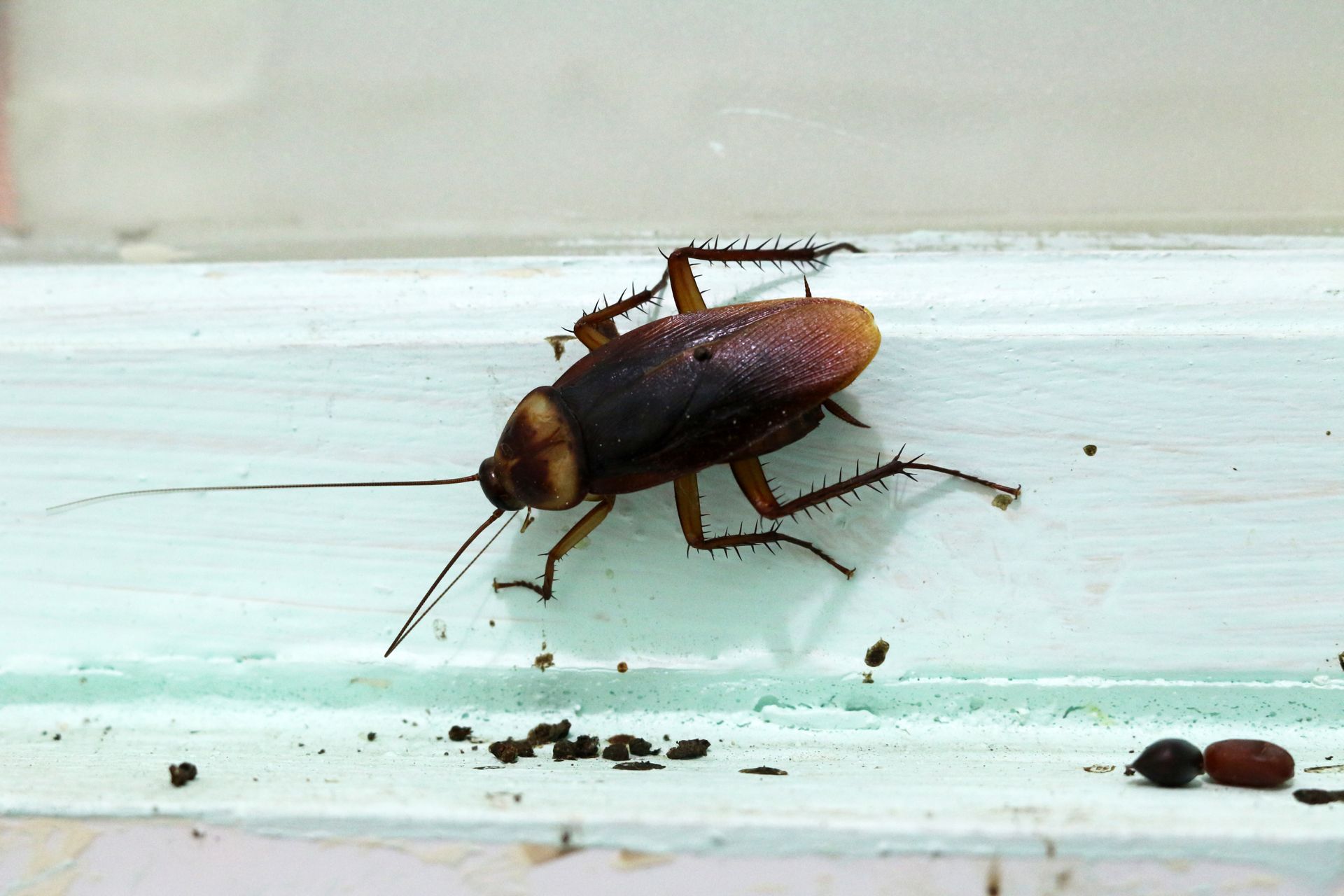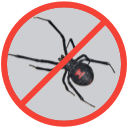How Common Are Bed Bugs?

Bed bugs were once a dwindling concern in the United States but have experienced a significant resurgence in recent decades. About 70 years ago, bed bug infestations were relatively rare in the U.S. due to effective treatment methods that drove them to the point where they were completely eradicated. Historically, before the 1950s, it's estimated that about 30% of homes in the United States had bed bugs. This figure saw a significant decline which was attributed to the widespread use of DDT to kill cockroaches and other household pests, the advent of the vacuum cleaner, and simplification of furniture design which made hiding places for bed bugs less abundant. However, the turn of the century marked a significant upswing in bed bug occurrences. Factors contributing to this resurgence include an increase in international travel and immigration, an increase in exchange of secondhand furnishings and clothing, the reduction of cockroach populations (which are natural predators of bed bugs), and the ban on DDT along with bed bugs developing resistance to conventional pesticides. This complex interplay of factors has made bed bugs a more common and challenging pest in modern times.
What Percentage of U.S Home Have Bed Bugs?
In the United States, the issue of bed bug infestations has become increasingly prevalent and affects a significant portion of homes and hotels annually. Reports suggest that 1 in every 5 Americans encounters bed bug problems each year. This translates to roughly 20% of U.S. households and hotels facing these unwelcome guests at some point. Interestingly, the distribution of these infestations varies geographically with the Southeast region experiencing the highest number of bed bug control related calls. This region accounts for 29% of the nation's total bed bug cases which is likely due to environmental factors as the southeast is warm and humid which bed bugs prefer. Conversely, the Northeast sees a far lower occurrence, contributing an estimated 5% of bed bug related infestations.
How Common Are Bed Bugs in Homes and Other Living Spaces?
Bed bugs have become a significant concern in residential settings, with a notable presence in single-family homes. Estimates suggest that nearly half (about 46%) of all bed bug infestations occur within private residences. While hotels are frequently associated with bed bug outbreaks due to their high turnover of occupants, the sheer number of residential homes compared to hotels in the U.S. means that private residences are actually more commonly affected. This observation is corroborated by data provided by pest control professionals.
- Data indicates that 91% of exterminators report having treated bed bug problems in single-family homes.
- 54% of surveyed exterminators report having treated bed bug infestations in college dorms.
- Almost 60% of nursing homes report bed bugs every year.
The challenge in identifying and managing bed bug infestations where people live stems from the varied allergic reactions individuals have to bed bug bites. While some may not notice an infestation for months due to a lack of sensitivity to the bites, others may experience immediate reactions. This variability, coupled with the discreet nature of bed bugs and their ability to hitchhike on luggage or clothing from hotels or international travels complicates efforts to gauge the true extent of infestations. Despite these challenges, experts agree that bed bug infestations have been spreading for decades and show no signs of slowing down which highlights the ongoing need for vigilance and proactive measures to prevent their introduction and spread within homes.
How Common Are Bed Bugs in Apartments?
Apartments stand as one of the primary battlegrounds in the fight against bed bug infestations, with an overwhelming 89% of pest control professionals reporting that they have addressed issues in apartment complexes. Approximately 28% of all bed bug infestations in the United States are found within these communal living spaces which highlights the significant challenge they pose. The nature of apartment living which is characterized by close proximity of living units and shared walls makes the rapid spread of bed bugs throughout a complex far easier for these pests to achieve. These pests can easily hitch a ride into apartments via luggage after hotel stays and then migrate through walls, electrical outlets, and baseboards to infest multiple units from a single point of introduction.
Contrary to common belief, direct contact with an infested neighbor or their belongings is not necessary for bed bugs to enter one's living space. The ease with which bed bugs traverse through small openings can make entire apartment complexes vulnerable to widespread infestation. This is why it's important for tenants to remain alert to the signs of bed bugs and for property managers to promptly address any reports of infestation to protect all residents and prevent the further spread of bed bugs within and between properties.
How Common Are Bed Bugs in Hotels?
Hotels are often the first place people think of when it comes to bed bug infestations. Data indicates that around 68% of reported cases occur in these establishments. This high incidence rate is partly due to the transient nature of hotel guests, which facilitates the spread of bed bugs via luggage and personal belongings. Despite common misconceptions, bed bugs do not discriminate based on cleanliness, so even highly rated hotels are not immune to infestations.
The increased likelihood of diagnosing and reporting infestations in hotels compared to residential settings is attributed to guests' heightened awareness and the legal and reputational risks hotels face. Unlike in homes where infestations might be mistakenly attributed to other pests like fleas or cockroaches, hotel guests are generally more knowledgeable about bed bugs which leads to quicker identification and reporting. However, this vigilance also means hotels must be proactive in managing the risk of bed bugs, as infestations can easily spread from room to room through walls and shared spaces. The potential for litigation, combined with the damage to reputation and guest experience emphasizes the critical need for hotels to take immediate action upon any report of bed bugs.
How Many People Have Bed Bugs?
Globally, around 20% of people have encountered bed bugs in some form, whether through an infestation in their own home, experiencing them in a hotel, or knowing someone who has faced an infestation. This widespread issue is partly attributed to increased international travel and changes in airline regulations during the 1990s which helped spread bed bugs across borders. Their more recent resurgence is attributed to the lifting of travel restrictions after the COVID-19 pandemic. This resulted in a significant bounce back in international travel after everyone around the world was restricted during the peak of the pandemic.
Interestingly, not everyone who experiences a bed bug infestation is aware of it. Itchy red bites are an allergic response that is not as severe in certain individuals. Some individuals do not exhibit any skin reaction at all which makes them much harder to detect. This also unfortunately makes these individuals unsuspecting carriers that inadvertently spread bed bugs when they travel and go about their day. Bed bugs can be deposited anywhere from public transportation to movie theaters and once a space is infected, any new potential hosts that spend enough time in that space can take these nightmare pests home with them.
How Many Bed Bugs Can One Bed Contain?
The number of bed bugs that can inhabit a single bed is alarmingly high under the right conditions. Even a minor, detectable presence of these pests often indicates a much larger infestation lurking out of sight. From a few eggs, an infestation can grow to hundreds or thousands of individuals in a matter of weeks thanks to the rapid hatching cycle and the rapid reproduction rate of female bed bugs. Female bed bugs can lay up to 500 eggs over their lifetime which amounts to an infestation doubling in size every 16 days. These insects prefer the crevices and seams of mattresses and bed frames as their habitats, but they are not confined to these areas alone. Bed bugs can also establish themselves in carpets, furniture, clothing, walls, and baseboards which makes their detection and eradication a complex challenge.
Bed Bug Statistics by City
Bed bug infestations have surged across various U.S. cities which is why there is escalating concern from residents and city administrations alike. The National Pest Management Association reported a significant 71% increase in bed bug-related calls from 2000 to 2005 which highlighted the rapid growth of this problem at the turn of the century. Since then, the problem has gotten much worse with the worst cities for bed bugs in 2023 being:
- Chicago, Illinois
- New York, New York
- Philadelphia, Pennsylvania
- Cleveland, Ohio
- Los Angeles, California
This rising tide of bed bug occurrences presents significant challenges in tracking and controlling the spread due to the discreet nature of infestations and the stigma that may prevent people from reporting them. Despite these hurdles, data collected from pest control companies, local authorities, and hotel chains provide a glimpse into the severity of the situation. Bed bugs have not only become a widespread pest across all 50 states, but they have also marked their presence in cities that were previously unaffected.
Bed Bug Statistics by State
Bed bug infestations are now a regular occurrence in all 50 states of the United States. Certain regions face more severe problems than others due to bed bugs’ environmental preferences but that appears to have little impact on which states bed bugs appear to be most prevalent. Studies based on aggregated data from pest control companies indicate that the states most plagued by bed bugs are:
- Ohio
- Michigan
- Florida
- Illinois
- New York
While bed bugs tend to thrive more in temperate and warm climates, it doesn’t stop them from being problems in states that experience extreme colds. While most of the worst states on the list are in northern regions, they still experience bed bug infestations due to bed bugs remaining active indoors where temperatures are perfectly fine for bed bug infestations to thrive. The robustness of bed bugs also contributes to their survival in cold temperatures as bed bugs are capable of withstanding low temperature extremes. If needed, bed bugs will go into a dormant phase called diapause in order to survive colder temperatures and emerge in the spring when temperatures start to heat up again.
Bed Bug Statistics by Country
Bed bugs have become an increasing concern globally as they now affect countries that were once insulated due to lack of travel. The increase in travel exposure from social media over the past decade has sent tourists and bed bugs to all corners of the globe. Currently there are several countries that are attempting to combat country wide bed bug infestations. Countries like France have seen bed bugs re-emerge in public consciousness, with significant outbreaks in Paris affecting cinemas, homes, schools, and even hospitals. This has led to substantial financial costs for bed bug treatments. Similarly, the United Kingdom reported a 65% year over year increase in infestations. In 2023, South Korea also reported experiencing bed bug challenges in major cities like Seoul. This global increase in bed bug infestations highlights how prevalent these pests are and how easy it is for them to spread. The fact that they are increasingly pest resistant and capable of enduring long periods without feeding make these pests a threat that is extremely challenging to treat.
Where is the Most Common Place to Find Bed Bugs?
Bed bugs, despite their name suggesting a preference for bedding, can actually inhabit a wide range of areas within a home. The primary consideration for bed bug habitats is proximity to their hosts, which explains their frequent presence in and around beds. Their aversion to light drives them to seek out dark, concealed spaces where they can hide during the day. After feeding, they retreat to these hidden locations where they congregate with other bed bugs. Their adaptability means they can also thrive in less obvious places like luggage, which spreads them from one location to another. Additionally, bed bugs can make their homes in walls, baseboards, electronics, outlets, furniture, curtains, and carpets.
Are Bed Bugs Seasonal?
Bed bugs do exhibit a degree of seasonality, with their numbers notably increasing during the summer months between June and October. Over 50% of bed bug control experts report receiving the majority of their bed bug calls during warmer months. The preference of bed bugs for temperatures ranging from 55 to 75 F explains their heightened activity and visibility during the summer and in warmer climates like the southeastern United States. Cold weather induces a state of dormancy in bed bugs which halts their reproductive cycle and reduces their activity.
Temperature is not the only factor driving bed bug seasonality. Increased human travel during the summer months as families leave on vacations also plays a significant role in the spread of infestations. The movement of people and their luggage creates more opportunities for bed bugs to hitchhike to new locations.
When Are Bed Bugs Active?
Bed bugs activity patterns are primarily nocturnal which align with when their human hosts are most likely to be at rest and therefore accessible for feeding. This nocturnal behavior is motivated by survival instincts as bed bugs prefer darkness to avoid predators. That doesn’t mean they won’t come out during daytime hours though because bed bugs will venture out during day if they become sufficiently hungry and there is a host close by or if their feeding cycles are disrupted.
How to Prevent Bed Bugs
Preventing bed bugs involves a combination of diligence and proactive measures both at home and while traveling.
- At home, minimizing clutter is crucial as it reduces bed bugs' hiding places.
- Regular washing and drying of bed linens on the highest temperature setting your fabric can handle can help kill any bed bugs and their eggs that are present.
- Before introducing second-hand furniture into your home, it's critical to inspect it thoroughly for any signs of bed bugs.
- Similarly, avoiding discarded furniture can prevent unknowingly bringing bed bugs into your home.
- Regular inspections of your living space, especially after events that could introduce bed bugs (like guests staying over or returning from a trip), are key in early detection and control.
When traveling, search your hotel room for signs of bed bugs like rust-colored spots on bedding. Be sure to lift mattresses, inspect mattress seams and bed frames, headboards, and furniture for bed bugs. Elevate your luggage or place it in the bathroom to keep it away from bed bug-prone areas. Compartmentalize your luggage and belongings carefully as you pack to leave and once you return home place all travel clothing in the dryer at the highest heat setting for at least 60 minutes to kill any bed bugs.
Contact EcoGuard Pest Management if You Have Encountered Bed Bugs
If you're facing the challenge of a bed bug infestation or want to ensure your home remains bed bug-free, EcoGuard Pest Management is here to help. Our team of experienced professionals is equipped with the knowledge and tools necessary to effectively address bed bug concerns. We employ proven strategies to protect your home and peace of mind. Don't let bed bugs disrupt your life any longer. Contact EcoGuard Pest Management today for reliable, efficient pest control solutions tailored to your needs. Together, we can create a safe, comfortable environment for you and your loved ones.
Are Bed Bugs Common FAQs
What are the chances of having bed bugs?
The chances of encountering bed bugs vary depending on factors such as where you live, your travel habits, and the precautions you take to prevent infestations. Globally, about 20% of people have dealt with a bed bug infestation in their home, experienced them in a hotel, or known someone with an infestation. With bed bugs being reported in all 50 U.S. states, the risk is widespread which is why it is important to be vigilant and take preventive measures.
How easy is it to catch bed bugs?
Catching bed bugs is unfortunately quite easy as they are adept hitchhikers that can latch onto luggage, clothing, and other personal belongings. Their small size and ability to hide in cracks and crevices make it easy for them to travel from infested areas like hotels or public transportation into homes and apartments.
What country are bed bugs most common?
Bed bugs are a widespread issue globally and affect countries at varying levels. However, due to increased travel, they have shown significant prevalence in developed nations like the United States, the United Kingdom, Canada, and parts of Europe and Asia like Spain, France, and South Korea.
Request A Free Estimate
Immediate Service Available
Services
Customer Care
Legal
Working hours
- Mon - Sun
- -
All Rights Reserved | EcoGuard Pest Management | All Phone Calls Recorded | By Using Website You Agree To Terms Of Use



